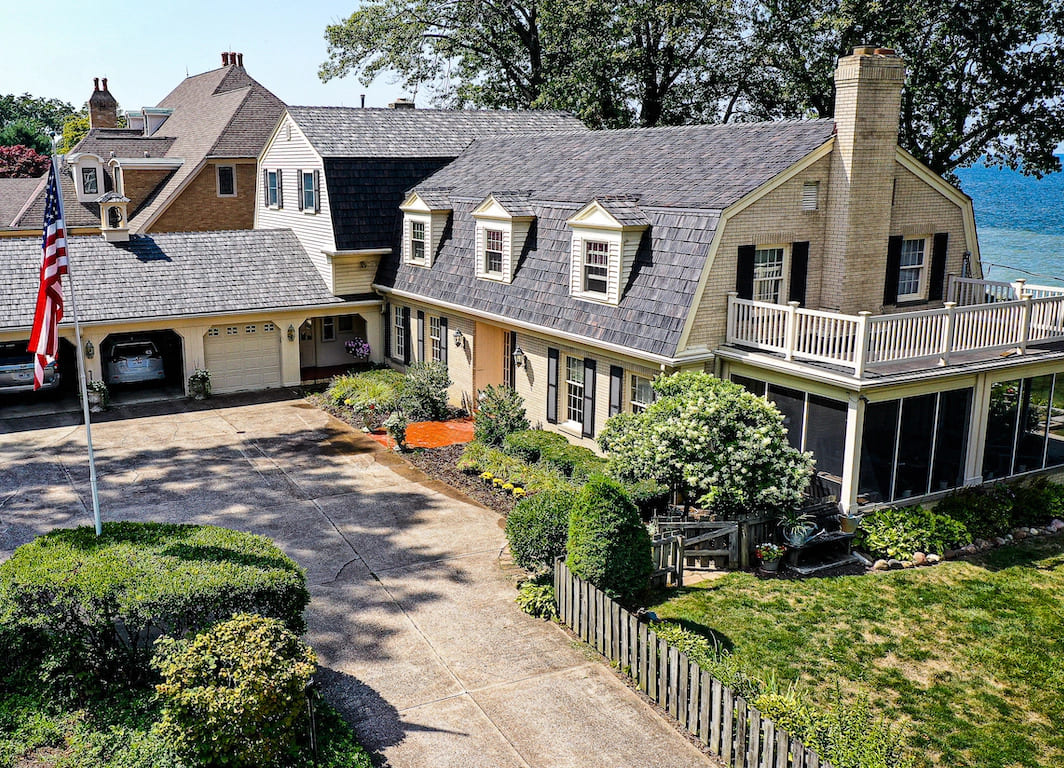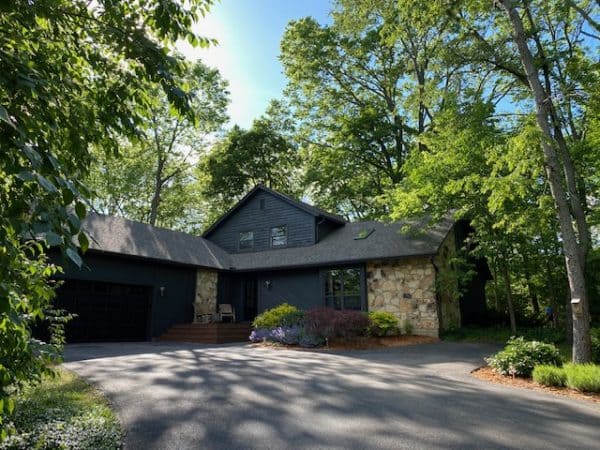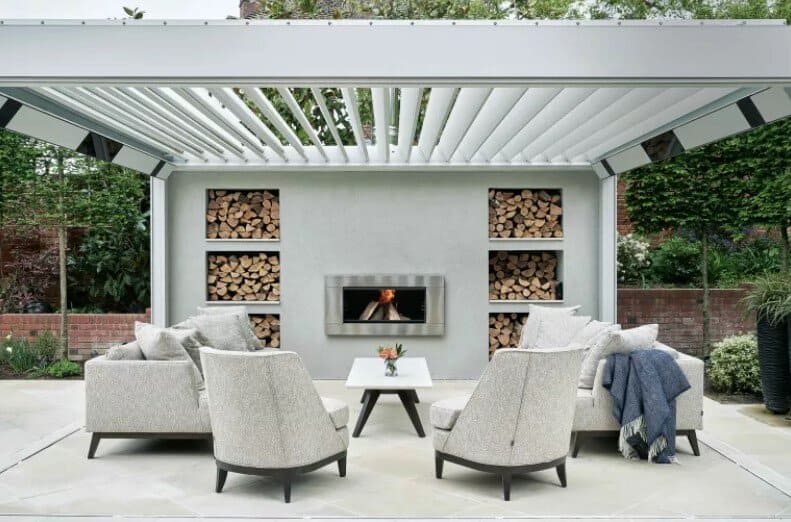Introduction:
Barns have long been synonymous with rural landscapes and agricultural heritage, but they’re also making a stylish statement in modern architecture and design. One of the most distinctive features of any barn is its roof design, which not only serves a practical purpose but also adds character and charm to the structure. In this article, we’ll delve into the world of barn roof designs, exploring various styles, their benefits, and how they can enhance the aesthetic appeal of your property
Gable Roof:
- The gable roof, also known as a pitched or peaked roof, features two sloping sides that meet at a central ridge, forming a triangular shape.
- This design offers excellent drainage and ventilation, making it suitable for climates with heavy rainfall or snowfall.
- Gable roofs are versatile and can be customized with various materials and finishes to complement different architectural styles, from traditional to contemporary.
Monitor Roof:
- The monitor roof, also referred to as a raised center aisle or clerestory roof, features a central raised section with additional windows or vents along the ridge for natural light and ventilation.
- This design maximizes interior space and provides ample headroom for storage, workshops, or loft areas.
- Monitor roofs are popular in horse barns and agricultural buildings where adequate lighting and airflow are essential for the well-being of animals or stored goods.
- Hip Roof:
- The hip roof is characterized by its four sloping sides that meet at a ridge, forming a gentle slope without any vertical ends.
- This design offers increased stability and resistance to high winds, making it suitable for areas prone to severe weather conditions.
- Hip roofs have a sleek and streamlined appearance, adding a touch of elegance and sophistication to barn structures, especially when combined with other architectural features like cupolas or dormers.
- Dutch Gable Roof:
- The Dutch gable roof combines elements of both the gable and hip roof designs, featuring a gable with a small hip at the top.
- This hybrid design offers the benefits of both styles, including additional attic or loft space and enhanced stability against wind uplift.
- Dutch gable roofs are popular in barn conversions and modern farmhouse designs, adding visual interest and architectural character to the property.
- Green Roof:
- A green roof, also known as a living roof or vegetated roof, is a sustainable and eco-friendly option where vegetation is grown on the roof surface.
- This design provides insulation, reduces stormwater runoff, and improves air quality while creating a natural habitat for wildlife.
- Green roofs can be incorporated into various barn roof designs, adding a unique and environmentally conscious element to the structure.
Conclusion:
From classic gambrel roofs to modern green roofs, barn roof designs offer a wide range of options to suit different architectural styles, functional needs, and aesthetic preferences. Whether you’re renovating an existing barn or planning a new construction, the choice of roof design can significantly impact the overall look and feel of the property. By exploring various barn roof designs and considering factors such as climate, functionality, and design aesthetics, you can create a stunning and functional barn structure that enhances the beauty and value of your property for years to come.





